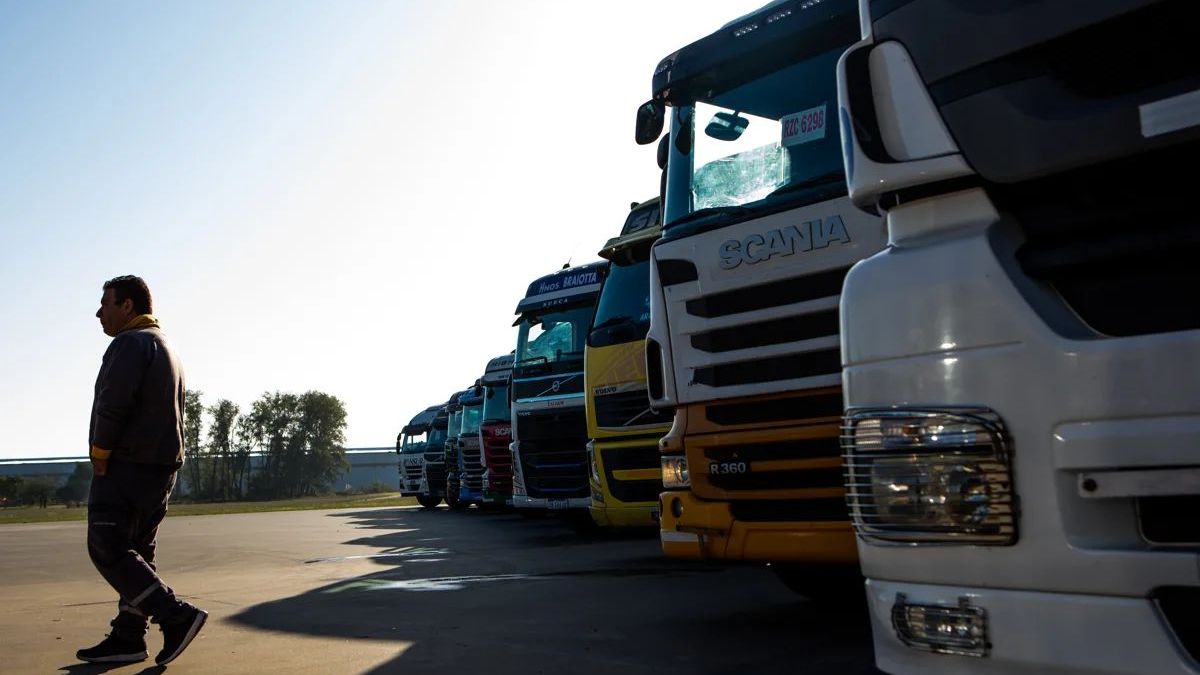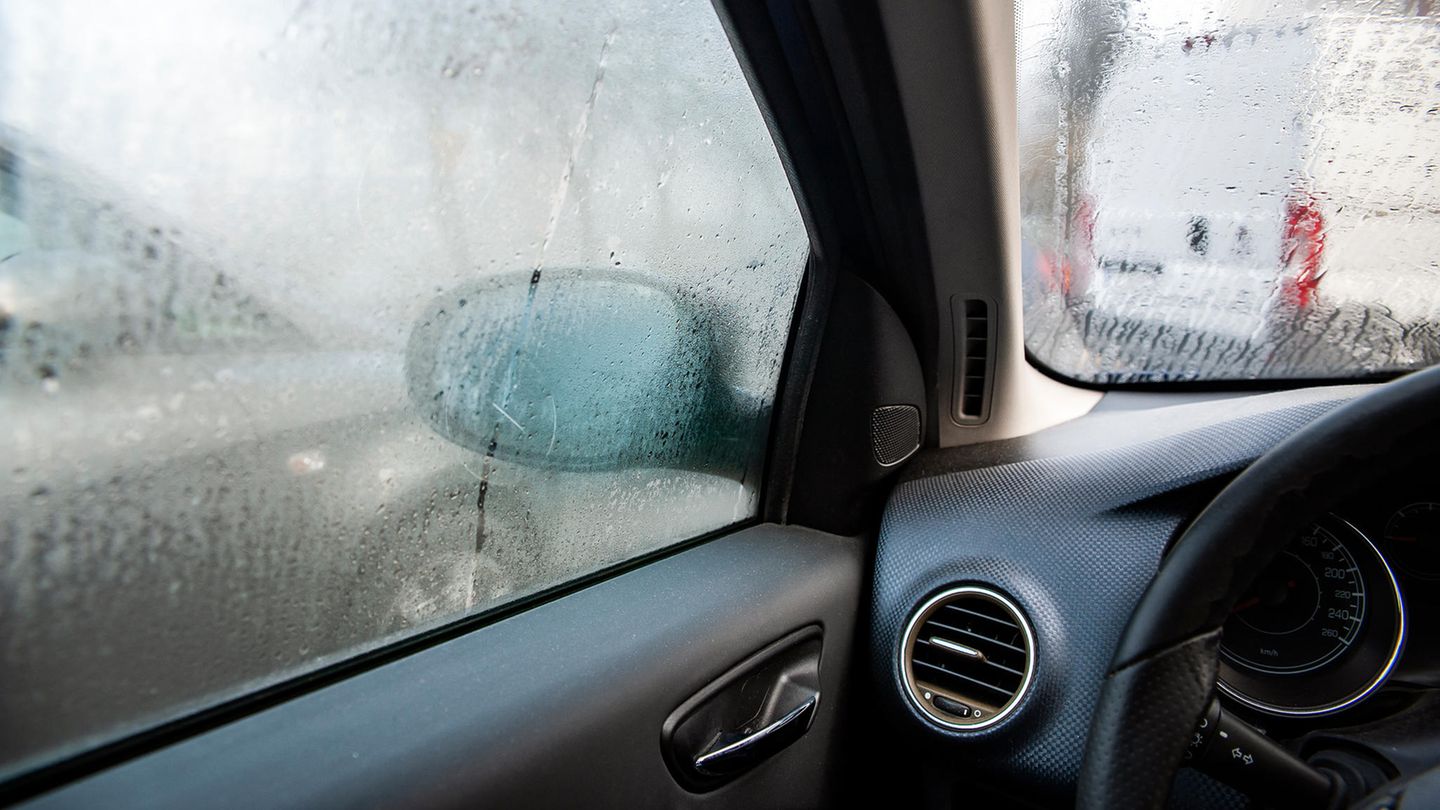The study highlights that the item that increased the most during September was “financial costs”, with a rise of 14.4%; followed by “personal”, which climbed 13.9% and the “tyres”, which rose 12.3%.
“The tire conflict has not been free for the Freight Transport sector. The year-on-year increase in the distribution of goods in our country is close to three digits and it seems that this is indifferent to its influence on the formation of prices in the economy. At the same time, we must take into account that the increase in fuel has been 55% year-on-year as of October compared to an inflation of 85% for the same periodfor which there is still much to correct ahead,” said Damián Di Pace, director of Focus Market.
In the first nine months of the year, according to the report, cargo transport costs accumulate an increase of around 83%. While in year-on-year terms, the variation exceeded 98%.
“The unwanted costs of the tire conflict have been felt in freight transport in September. In a month where inflation did not subside and remained at a floor of 6.7%, there was a greater stoppage of freight transport on the route, transport units totally stopped, brakes and higher costs in the value chain, growth in the level of road accidents and increased costs of distribution of goods that have reached the shelves in a context where there is no room for further increases,” Di Pace added.
fuel increases
This rise in the cost of transportation occurred without the incidence of the increase in fuelswhich increased from October 1stwhen prices rose 6% on average across the country.
“Depending on the evolution of the variables that affect the formation of fuel prices, YPF carried out, starting at midnight on Saturday, an increase in fuel prices of 6% on average for the country in gasoline and diesel. The adjustment includes compensation for the increase in taxes on fuels and increases in biofuel prices,” the state oil company said over the weekend. The company said it will continue to make “productive and logistical efforts to sustain supply in the national market. in a context of sustained historical demand records”.
According to the Confederation of Hydrocarbon Trade Entities (CECHA), the average rise was about $5 per liter for gasoline and $4 for diesel.
October inflation
The increase of The cost of transporting goods is usually transferred, almost directly, on the prices of the products in the gondolas. So this rise above the level of general inflation will add additional pressure for this month.
“What we are seeing for October is that inflation would maintain a floor of 6%, as in November and December. In October, services are going to rise above goods: regulated prices weigh heavily, there are increases in water, electricity and gas, telephony, cable, private schools, fuel. This is going to hit hard in the service indicator, which is going to have the biggest increase of the year during this month”, said Di Pace.
In addition to public services and the “telecommunications” item, increases are also expected for this month in prepaid (up to 11.5%), expenses (for the payment of part of the extraordinary bonus to building managers and the impact of the removal of subsidies in services for common spaces); in addition to the aforementioned increases in private schools.
Source: Ambito
David William is a talented author who has made a name for himself in the world of writing. He is a professional author who writes on a wide range of topics, from general interest to opinion news. David is currently working as a writer at 24 hours worlds where he brings his unique perspective and in-depth research to his articles, making them both informative and engaging.




